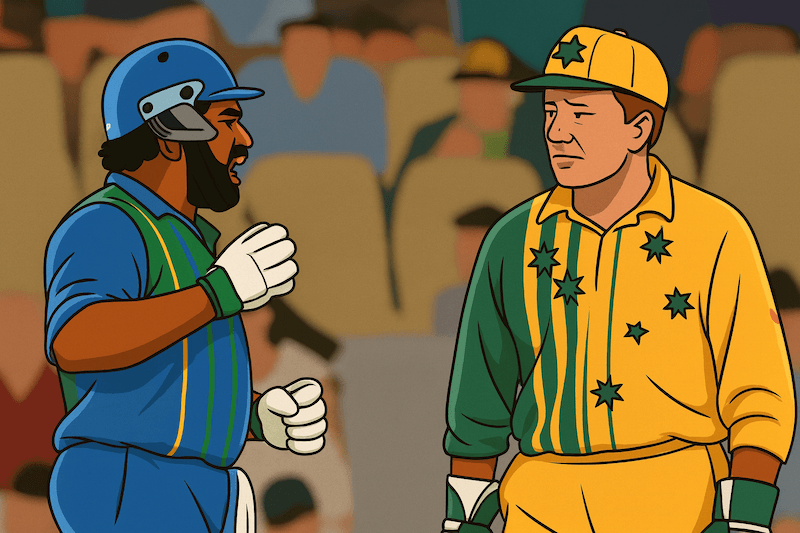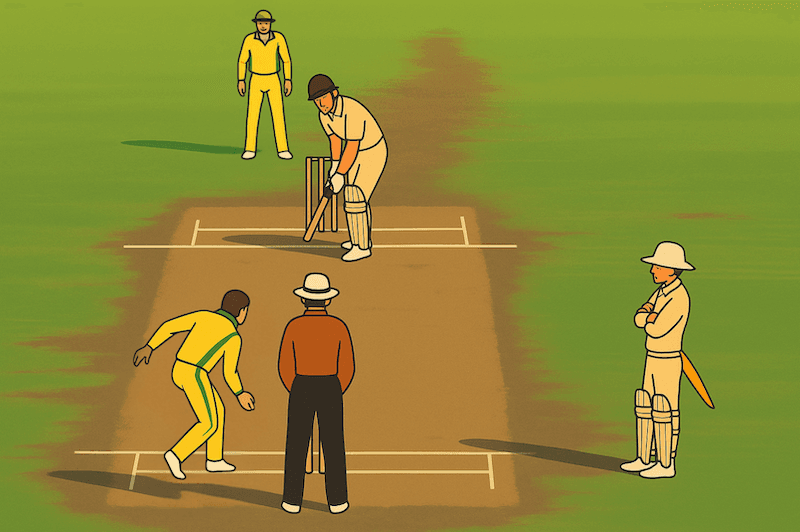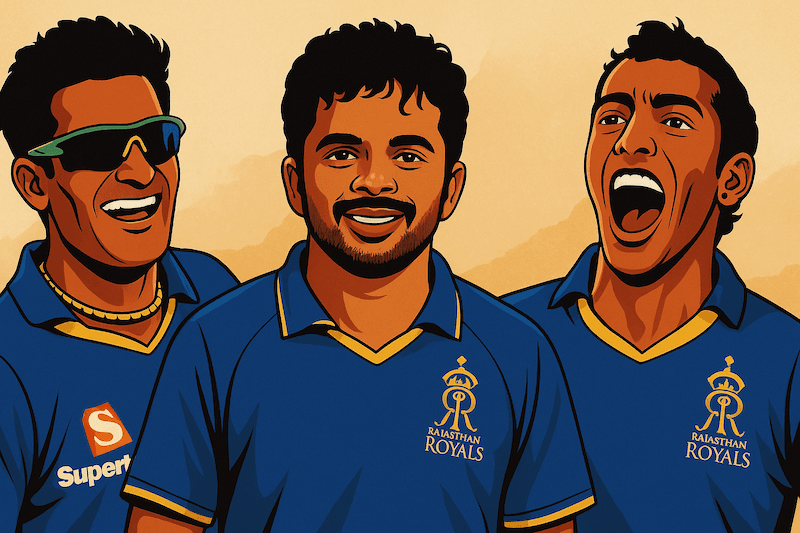
By the third Test at Newlands in March 2018, Australia and South Africa were locked in a fierce series. But the cricket soon became secondary when cameras caught Cameron Bancroft using sandpaper on the ball — a plan backed by captain Steven Smith and vice-captain David Warner. The scandal, later known as Sandpapergate, stunned the cricketing world and led to some of the harshest punishments in the game's history.
The Incident
- Caught on camera: During play, broadcasters filmed Cameron Bancroft attempting to alter the ball’s surface. He initially showed the umpires a black cloth, but later admitted he had used a piece of sandpaper.
- Cover-up attempt: Bancroft hid the sandpaper in his trousers after realising he had been filmed.
- Why they did it: Australia's bowlers were struggling to get movement from the ball, while South Africa had been generating reverse swing. To counter this, Bancroft was told to scuff one side of the ball with sandpaper to try and create the same effect.
- Leadership involvement: At the post-day press conference, Steven Smith confirmed it was "a leadership group" decision and that he was aware of the plan. A Cricket Australia investigation concluded David Warner devised the method and instructed Bancroft to carry it out.
Sanctions and Immediate Fallout
- The ICC sanctioned Smith (1 Test ban, 100% match-fee fine) and fined Bancroft 75% of his match fee.
- After its own investigation, Cricket Australia imposed heavier penalties:
- Steven Smith: 12-month ban from international and domestic cricket, plus a leadership ban (not eligible to captain for a further period after his playing ban).
- David Warner: Received a 12-month ban from international and domestic cricket, was stripped of the vice-captaincy, and handed a lifetime leadership ban within Australian cricket. In late 2024, Cricket Australia overturned this lifetime leadership ban, allowing Warner to again be considered for team leadership roles.
- Cameron Bancroft: 9-month playing ban.
- Tim Paine replaced Smith as captain for the remainder of the series.
- Darren Lehmann announced his resignation as head coach after the Test (CA said he was not part of the plan).
Inside Story
- Plan and roles: CA's report found only 3 players were involved — Warner, Smith, Bancroft, with Warner orchestrating the method and Bancroft executing it.
- Bancroft's later remark: In a 2021 interview, when asked if the bowlers knew, Bancroft said the situation was "pretty self-explanatory". CA reiterated its investigation had been comprehensive and said it would consider any new information if presented.
Explore More Stories

2005 Ashes: The Summer Cricket Became Theatre
The 2005 Ashes was more than just a cricket series. It was a rollercoaster of emotion, courage, and unforgettable moments that brought Test cricket back to life. England’s long wait finally ended, and the world watched history unfold.

What Happened to Zimbabwe Cricket? The Rise, Fall, and Fight for Survival
Once they challenged the world’s best, now they struggle to stay afloat. Zimbabwe cricket’s journey from the glory of 1999 to years of chaos and heartbreak is a story of politics, power, and lost pride, and of a nation still dreaming of revival.
Legacy and Impact
- The scandal triggered a deep review of Australia's team culture, stricter ball-management oversight, and intense public debate about the line between hard, competitive cricket and outright cheating.
- Smith, Warner, and Bancroft all returned to top-level cricket after serving their bans, but Newlands 2018 remains a defining line in Australian cricket's modern history.
Final Note
Sandpapergate was more than a single act with a strip of sandpaper. It exposed leadership failure, pressured decision-making, and the cost of seeking an edge at any price. For fans, it became a benchmark moment — a reminder that reputation can change in a single session, but accountability lasts far longer.














